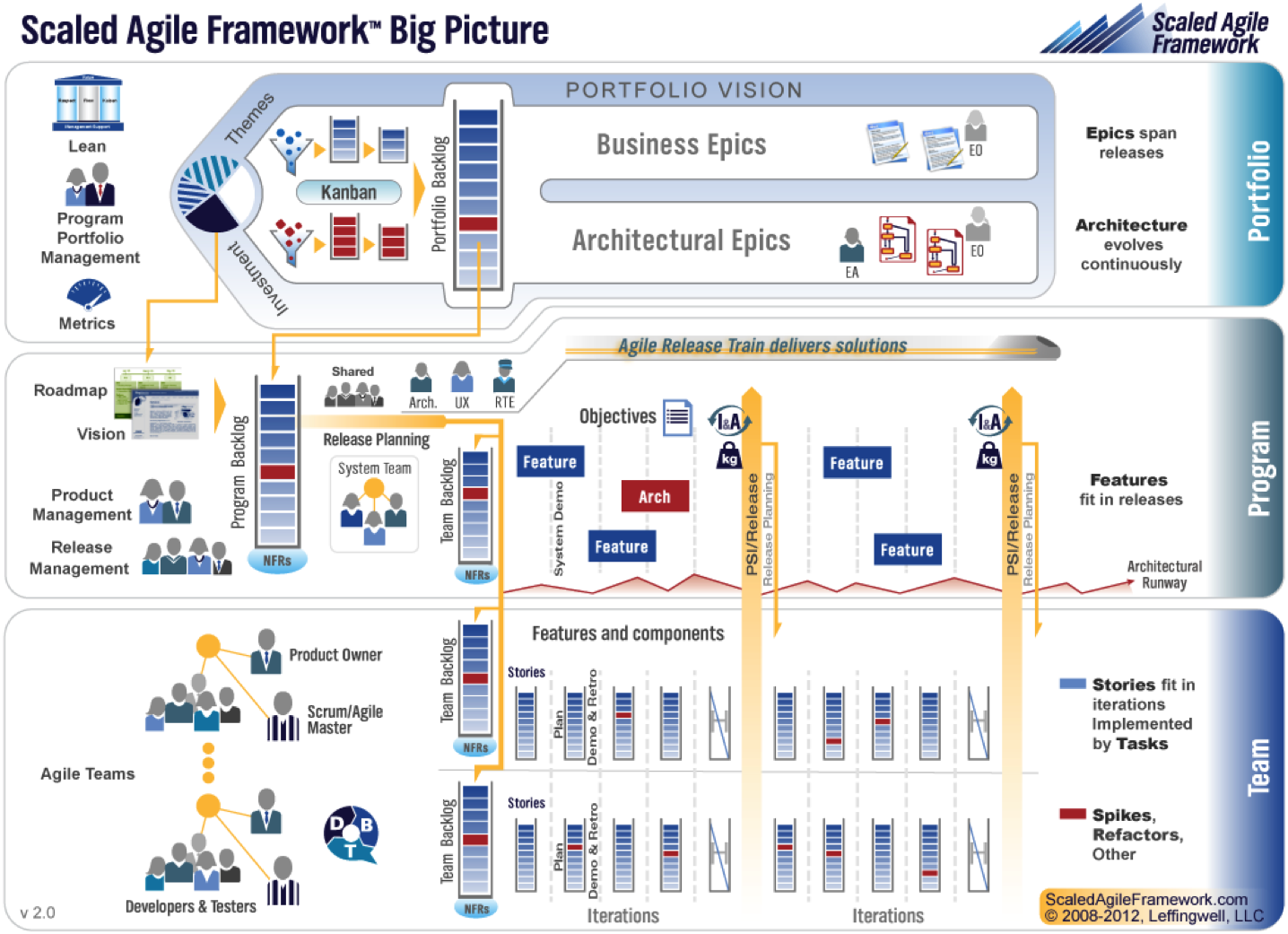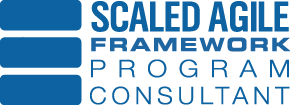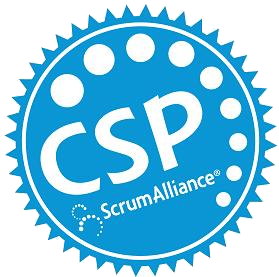
Last week we attended the Implementing Scaled Agile Framework (SAFe) course in Chicago. It was a power-packed four day course that covered the issues involved when scaling organizations to deliver software. In our humble opinion, it was the most comprehensive and practical course we have taken to date. While the course is still a beta course, it is chalk full of real world results and techniques that anyone working in large scale product development can take home and apply immediately.
One of the “ah ha” moments for us was when we discovered the practical application of Lean principles throughout SAFe. Sometimes principles are hard to understand without applying them to a real context. For instance, the instructors stated that SAFe is an instance of Lean just as Scrum is an instance of Lean. Much of SAFe is based on Don Reinertsen’s book, Principles of Product Development Flow. If you have ever read or tried to read his book(a more likely statement) you know that its a book of principles. Because of this, it is sometimes hard to gather a deep understanding of the principles. Dean Leffingwell has done a tremendous job making these principles real in SAFe. Connecting economic and variation exploitation principles to SAFe helped us understand Reinertsen’s book.
Its also important to note that Dean and company have truly built a framework, not a methodology, based on those that have gone before us. As Dean stated many times, we’re standing on the shoulders of those who have gone before us. The framework will be criticized, and it should be. Healthy debate is good for the progression of ideas. However, after spending four days understanding the principles and practices of SAFe, I would suggest critics understand the principles and practices involved with the framework before ridiculing it.
SAFe confronts the brutal facts that scaling software agility is hard, really hard! We can’t use the same practices at the team level and apply them to all areas of the enterprise and expect the same results. Our industry’s current history has proven that this will not work. It’s time to open our minds again, and stand on the shoulders of those that have gone before us.











